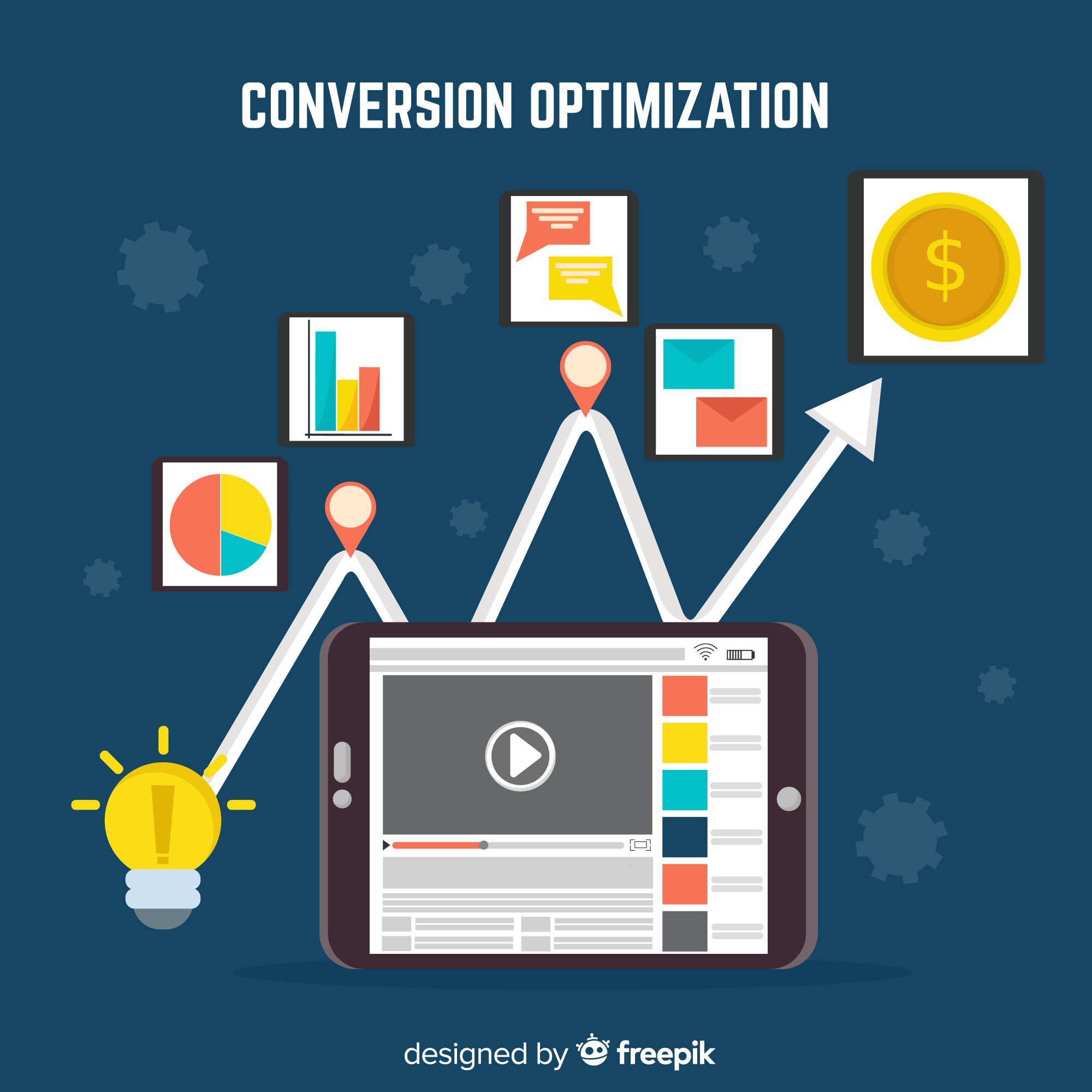Automation has become the backbone of modern businesses. From streamlining repetitive tasks to orchestrating complex multi-system processes, organizations today rely heavily on workflow automation tools to maintain speed, accuracy, and scalability. Among the growing number of automation platforms, n8n has carved out a unique space with its flexibility, open-source foundation, and ability to integrate with virtually anything.
However, as your workflows expand, managing them effectively becomes a challenge. Without proper planning, workflows can turn into messy spaghetti-like structures—difficult to maintain, debug, and scale. That’s where modular design and scalability principles come in.
In this blog, we’ll dive into best practices for designing modular and scalable n8n workflows, supported with real-world examples you can apply immediately. Whether you’re a developer building integrations, a business analyst automating processes, or a team leader managing a growing automation stack, this guide will help you level up your automation game.
Why Modularity & Scalability Matter in n8n Workflows
Before we get into the “how,” let’s explore the “why.”
- Maintainability: Modular workflows are easier to understand, update, and troubleshoot. Instead of wading through a giant workflow with hundreds of nodes, you can break processes into smaller reusable parts.
- Scalability: As your organization grows, your automation needs will evolve. Scalable design ensures you can expand workflows without breaking existing ones.
- Collaboration: Teams working on automation need consistency. A modular design allows developers and non-developers alike to collaborate more efficiently.
- Reusability: Workflows often share common steps—such as authentication, error handling, or notifications. By modularizing these parts, you can reuse them across multiple workflows.
- Performance Optimization: Smaller, well-structured workflows run faster and consume fewer resources than bloated, complex ones.
Think of modular n8n workflows as LEGO blocks. Each block (workflow) can function independently but can also be combined with others to build something much larger and more powerful.
Best Practices for Designing Modular n8n Workflows
1. Break Down Complex Workflows Into Sub-Workflows
The biggest mistake beginners make is building everything inside a single workflow. n8n provides the Execute Workflow node, which allows you to call one workflow from another.
For example:
- A master workflow handles the main business logic.
- Sub-workflows handle specific tasks like sending an email, updating a database, or logging errors.
This separation keeps workflows lean and focused.
Example:
Imagine a lead management system:
- Workflow A: Captures leads from multiple sources (web forms, ads, APIs).
- Workflow B: Cleans and validates lead data.
- Workflow C: Pushes leads into a CRM (like HubSpot or Salesforce).
- Workflow D: Sends a Slack notification to the sales team.
By chaining these workflows, you achieve scalability and clarity.
2. Use Environment Variables & Credentials
Hardcoding API keys or environment-specific URLs is a common rookie mistake. Instead, leverage n8n credentials and environment variables.
- Store API keys and secrets in the Credentials Manager.
- Use environment variables for base URLs, file paths, or toggling test vs. production environments.
This way, you can deploy the same workflow in staging and production without rewriting nodes.
Best practice tip: Name credentials consistently, e.g., CRM_API_KEY or GOOGLE_SHEET_SERVICE_ACCOUNT.
3. Standardize Error Handling
Automation is only reliable if it can gracefully handle errors. n8n allows you to create error workflows triggered when something fails.
Some strategies include:
- Logging errors into a database for audit purposes.
- Sending Slack or email alerts when a workflow fails.
- Retrying failed tasks with backoff logic.
Pro Tip: Build a reusable error-handling workflow and call it from all other workflows using the Error Trigger node.
4. Use Version Control for Workflows
As workflows grow, changes can break existing processes. Using Git integration with n8n or exporting workflows as JSON files ensures you always have a history of modifications.
This practice is especially critical in teams where multiple people manage workflows. Version control enables rollback, auditing, and collaboration.
5. Optimize with Function & Function Item Nodes
While n8n is a no-code/low-code platform, sometimes a few lines of JavaScript can replace dozens of nodes. The Function node and Function Item node let you write custom logic.
Examples of optimization:
- Transforming data formats (e.g., JSON to CSV).
- Applying conditional logic without multiple IF nodes.
- Looping over arrays dynamically.
This hybrid approach balances modularity with flexibility.
6. Follow Naming Conventions
Workflows can quickly become messy if you don’t follow naming rules.
- Use clear, descriptive names for workflows (e.g.,
Lead_Capture_Webhook,CRM_Update,Slack_Notifier). - Label nodes meaningfully instead of leaving them as
HTTP Request 1. - Use prefixes for clarity (e.g.,
CRM_Auth,DB_Query).
This not only helps you but also makes collaboration smoother for your team.
7. Document Workflows
n8n allows you to add notes within workflows. Always document:
- What the workflow does.
- Inputs and outputs.
- Dependencies on other workflows.
- Known limitations or caveats.
Think of this as internal API documentation for your automation stack.
8. Implement Reusable Utility Workflows
Create general-purpose workflows for tasks that repeat often:
- Sending standardized email templates.
- Logging metrics or activity.
- Authenticating external services.
- File conversion and parsing.
This practice prevents duplication and ensures consistency.
Example: Instead of writing a new “send email” sequence every time, build one reusable workflow called Send_Email_Utility and trigger it whenever needed.
9. Leverage Tags & Categories
n8n supports workflow tags. Use them to group workflows by department, use case, or priority.
Examples of tag systems:
- By department: Marketing, Sales, Finance.
- By status: Production, Staging, Draft.
- By function: Data Sync, Notifications, Reporting.
Tags make searching and managing workflows easier as your library grows.
10. Test Incrementally
Don’t wait until your entire workflow is built to run it. Test small chunks as you go.
- Use mock data during testing.
- Validate API responses with sample payloads.
- Add temporary loggers (e.g., writing to a Google Sheet or console) to verify outputs.
Incremental testing saves time and prevents debugging nightmares later.
Examples of Modular & Scalable n8n Workflows
Let’s look at some practical examples that showcase modular design principles.
Example 1: Automated Customer Onboarding
Workflow Breakdown:
- Trigger: When a new customer signs up via Stripe.
- Sub-Workflow A: Validate customer details.
- Sub-Workflow B: Create an account in the CRM.
- Sub-Workflow C: Add customer to mailing list.
- Sub-Workflow D: Send welcome email.
- Sub-Workflow E: Notify support team in Slack.
Each piece of the process is modular and reusable for future customer-facing workflows.
Example 2: Data Pipeline for Marketing Analytics
Workflow Breakdown:
- Trigger: Daily schedule at midnight.
- Sub-Workflow A: Fetch data from Facebook Ads API.
- Sub-Workflow B: Fetch data from Google Ads API.
- Sub-Workflow C: Clean and normalize datasets.
- Sub-Workflow D: Store results in PostgreSQL.
- Sub-Workflow E: Generate daily summary report in Google Sheets.
With this modular setup, adding a new data source is as simple as adding another sub-workflow.
Example 3: Incident Response Automation
Workflow Breakdown:
- Trigger: Error event detected (via webhook or monitoring tool).
- Sub-Workflow A: Log incident in incident-tracking system.
- Sub-Workflow B: Send Slack alert to on-call engineers.
- Sub-Workflow C: Attempt auto-remediation steps (restart server, clear cache, etc.).
- Sub-Workflow D: Escalate to PagerDuty if unresolved.
This modular design allows each remediation step to be tested, improved, and reused in other automation processes.
Scaling n8n Beyond Workflows
Designing modular workflows is just one part of building a scalable automation infrastructure. To fully future-proof your setup, consider:
- Self-Hosting: Deploy n8n on your own infrastructure (Docker, Kubernetes) for scalability and control.
- Load Balancing: Distribute workflow execution across multiple instances.
- Queue Mode: Enable queue execution to handle high workloads efficiently.
- Monitoring & Logging: Use tools like Prometheus, Grafana, or ELK Stack to track performance.
- Security Best Practices: Restrict access, rotate credentials, and use HTTPS.
Common Pitfalls to Avoid
Even experienced users can stumble. Here are pitfalls to watch out for:
- Building monolithic workflows instead of modular chains.
- Hardcoding credentials directly into nodes.
- Ignoring error handling, leading to silent failures.
- Not documenting workflows, making collaboration harder.
- Over-relying on no-code nodes when a simple Function node could reduce complexity.
Conclusion
Designing modular and scalable n8n workflows is about more than just organizing nodes—it’s about creating a sustainable automation strategy. By following best practices like breaking down workflows, using environment variables, implementing error handling, and building reusable utilities, you can transform n8n into a powerful, enterprise-grade automation platform.
The key takeaway: treat workflows like software projects. Document them, version-control them, modularize them, and design them for scale.
When done right, your automation stack won’t just support your business—it will drive innovation, efficiency, and growth.



